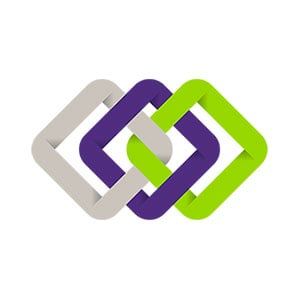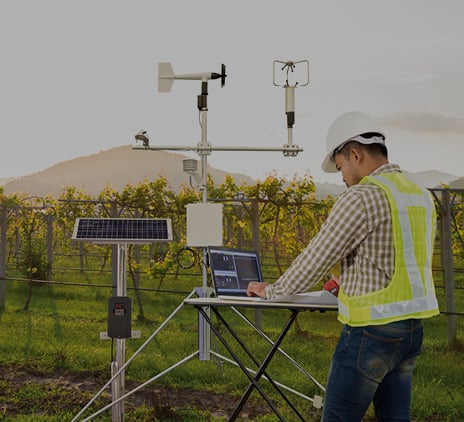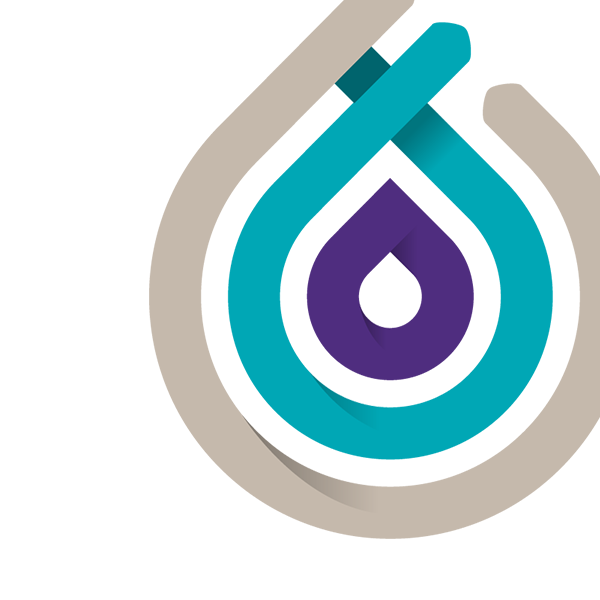-
Financial reporting and accounting advisory services
You trust your external auditor to deliver not only a high-quality, independent audit of your financial…
-
Accounting Standards for Private Enterprises
Get the clear financial picture you need with the accounting standards team at Doane Grant Thornton LLP.…
-
International Financial Reporting Standards
Whether you are already using IFRS or considering a transition to this global framework, Doane Grant…
-
Accounting Standards for Not-for-Profit Organizations
From small, community organizations to large, national charities, you can count on Doane Grant Thornton…
-
Public Sector Accounting Standards
Working for a public-sector organization comes with a unique set of requirements for accounting and…
-
Tax planning and compliance
Whether you are a private or public organization, your goal is to manage the critical aspects of tax compliance, and achieve the most effective results. At Doane Grant…
-
Research and development and government incentives
Are you developing innovative processes or products, undertaking experimentation or solving technological problems? If so, you may qualify to claim SR&ED tax…
-
Indirect tax
Keeping track of changes and developments in GST/HST, Quebec sales tax and other provincial sales taxes across Canada, can be a full-time job. The consequences for…
-
US corporate tax
The United States has a very complex and regulated tax environment, that may undergo significant changes. Cross-border tax issues could become even more…
-
Cross-border personal tax
In an increasingly flexible world, moving across the border may be more viable for Canadians and Americans; however, relocating may also have complex tax…
-
International tax
While there is great opportunity for businesses looking to expand globally, organizations are under increasing tax scrutiny. Regardless of your company’s size and level of…
-
Transfer pricing
Transfer pricing is a complex area of corporate taxation that is concerned with the intra-group pricing of goods, services, intangibles, and financial instruments. Transfer…
-
Succession & estate planning
Like many private business owners today, you’ve spent your career building and running your business successfully. Now you’re faced with deciding on a…
-
Tax Reporting & Advisory
The financial and tax reporting obligations of public markets and global tax authorities take significant resources and investment to manage. This requires…

-
Transactions
Our transactions group takes a client-centric, integrated approach, focused on helping you make and implement the best financial strategies. We offer meaningful,…
-
Restructuring
We bring a wide range of services to both individuals and businesses – including shareholders, executives, directors, lenders, creditors and other advisors who are dealing…
-
Forensics
Market-driven expertise in investigation, dispute resolution and digital forensics
-
Consulting
Running a business is challenging and you need advice you can rely on at anytime you need it. Our team dives deep into your issues, looking holistically at your…
-
Creditor updates
Updates for creditors, limited partners, investors and shareholders.

-
Governance, risk and compliance
Effective, risk management—including governance and regulatory compliance—can lead to tangible,…
-
Internal audit
Organizations thrive when they are constantly innovating, improving or creating new services and products…
-
Certification – SOX
The corporate governance landscape is challenging at the best of times for public companies and…
-
Third party assurance
Naturally, clients and stakeholders want reassurance that there are appropriate controls and…
-
 Assurance Important changes coming to AgriInvest in 2025AgriInvest is a business risk management program that helps agricultural producers manage small income declines and improve market income.
Assurance Important changes coming to AgriInvest in 2025AgriInvest is a business risk management program that helps agricultural producers manage small income declines and improve market income. -
 ASPE Sec. 3041 Agriculture Understanding and applying the new ASPE Section 3041 AgricultureThe Canadian Accounting Standards Board (AcSB) has released new guidance on recognizing, measuring and disclosing biological assets and the harvested products of bio assets.
ASPE Sec. 3041 Agriculture Understanding and applying the new ASPE Section 3041 AgricultureThe Canadian Accounting Standards Board (AcSB) has released new guidance on recognizing, measuring and disclosing biological assets and the harvested products of bio assets. -
 Tax alert Agricultural Clean Technology ProgramThe Agricultural Clean Technology Program will provide financial assistance to farmers and agri-businesses to help them reduce greenhouse gas (GHG) emissions.
Tax alert Agricultural Clean Technology ProgramThe Agricultural Clean Technology Program will provide financial assistance to farmers and agri-businesses to help them reduce greenhouse gas (GHG) emissions. -
 Tax alert ACT Program – Research and Innovation Stream explainedThe ACT Research and Innovation Stream provides financial support to organizations engaged in pre-market innovation.
Tax alert ACT Program – Research and Innovation Stream explainedThe ACT Research and Innovation Stream provides financial support to organizations engaged in pre-market innovation.
-
Builders And Developers
Every real estate project starts with a vision. We help builders and developers solidify that vision, transform it into reality, and create value.
-
Rental Property Owners And Occupiers
In today’s economic climate, it’s more important than ever to have a strong advisory partner on your side.
-
Real Estate Service Providers
Your company plays a key role in the success of landlords, investors and owners, but who is doing the same for you?

Introducing innovations such as artificial intelligence into your supply chain takes time and effort but it can help you leapfrog the competition.
The scope and ingenuity of artificial intelligence (AI) was demonstrated earlier this year when a computer won against a human opponent at Go – a traditional Chinese board game in which the aim is to surround more territory than your opponent. This was a breakthrough – revealing how machines have developed new levels of human-like intuitive capability and processing, much faster than anticipated.
AI is already having a beneficial influence on business and, in particular, on the supply chain – a part of business operations all too often overlooked as a source of competitive edge.
The application of AI or cognitive computing to make decisions that humans would otherwise take, or that humans are unable to take, based on data and analytics collected on the supply chain is already happening. It’s the next step in the development of supply chain management techniques, building on the current trend of using analytics and data as a tool to improve supply chain performance.
Innovation in action
Let’s backtrack a little. Location-based data is an example of how analytics can be applied across the supply chain. This shows where your raw materials are in the global supply chain and effectively provides visibility and makes your shipment trackable and adjustable. This means you have the ability to co-ordinate with other suppliers in real time to make sure everything culminates at the right place, at the right time.
AI applications can add a whole new dimension to that capability by shifting some of the data-based decision-making to a machine. AI creates self-learning systems where, for instance, a computer can automatically notify a production manager that a shipment of materials is at the nearby airport and will reach the manufacturing plant in an hour, so alerting them to be ready for intake.
The computer will have processed the location-based data as well as previous data on journey times so notification becomes totally autonomous. There are still people involved at each end of the cycle, of course, but in between those points machines can make the decisions. Those decisions will be made faster and more reliably, and a machine can work overnight, with no coffee breaks or sleep needed.
And the real beauty of the system is it learns from its successes and mistakes, so the level of accuracy continually increases.
Improving on good
This is about making already good supply chains even better. Firms that are investing in such forward-thinking technologies recognize that their supply chains are not simply a mechanism to drive down costs but a source of innovation and new ideas; a means to gaining a competitive edge.
It’s a growing but not quite yet mainstream concept. Japanese automotive manufacturers saw this decades ago, but more recent converts have included retailers from the fashion world such as Zara, whose innovative supply chain management model has become iconic – and the result has been soaring profit and global growth. Hokey Min’s The essentials of supply chain management: New business concepts and applications chronicles this link in the case study, ‘Zara’s rapid rise as a cool supply chain icon’.
An approach that looks to compete through its supply chain brings a number of benefits. It can lead to better aligned strategies and a faster time to market with new products, improved manufacturing processes that bring efficiencies as well as better quality, improved customization, greater knowledge sharing and expertise, and a generation of new ideas and innovative solutions.
Tactical to strategic
How can it be achieved? Through adoption of a new mindset that shifts the focus of attention from tactical supply chain management to strategic. In other words, the single-minded goal of making savings gives way to one of joint value creation.
Vital to this is collaborative working, being willing and able to share comprehensive quality data with suppliers, having common goals and aligned strategies, regular and effective communication, and offering the right incentives.
At its heart is establishing trust. Boardroom commitment from both organizations is required to ensure the relationship is nurtured from a strategic point of view. Meanwhile, dedicated teams or managers can get on with the day-to-day job of managing the partnership at operational level, and its objectives and outcomes.
Developing this partnership mentality is a journey and takes time though. It’s a long-term view and there are no shortcuts or silver bullets. We are still only human, after all.
